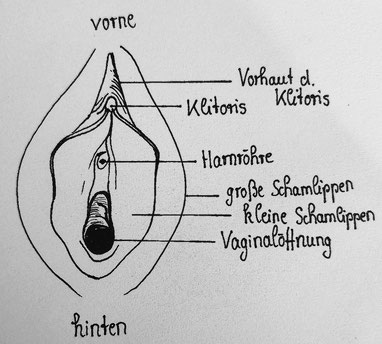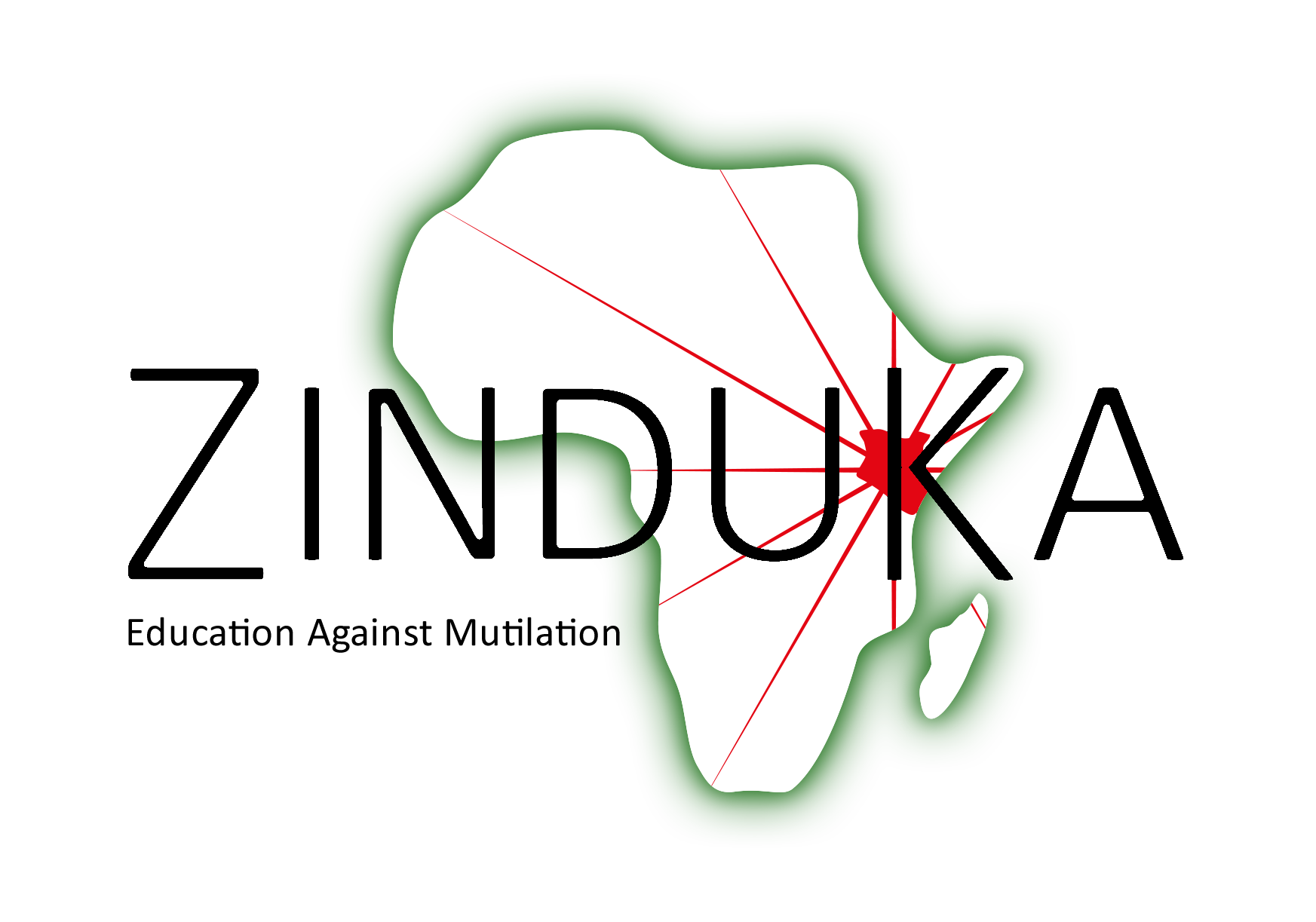About FGM
Female genital mutilation (FGM) affects us all:

According to the EU End FGM Network FGM exists on all continents except Antarctica.
The practice has no health benefits for girls and women and leads to heavy bleeding and urination problems, later cysts, infections as well as complications during labour and an increased risk of neonatal death.
The practice of genital mutilation is internationally recognised as a violation of the human rights of girls and women.World Health Organisation (WHO) Tweet
Female genital mutilation (FGM) has been banned by law in Kenya since 2011. However, it is still practised throughout the country as a traditional ceremony. Each region or tribe has its own reasons for carrying out FGM. All reasons are about money or social status. None of the reasons are beneficial to the health of the girls or women or have any other positive effect on health.
In Kuria, where most of our projects take place, the reasons include:
Growing up
It is said that girls become women through mutilation and are recognised.Show courage
A girl who is circumcised and does not scream or cry is considered brave and strong.Member of the company
Only after circumcision is a woman allowed to participate in cultural traditions.Symbol of "purity"
It is said that the mutilation guarantees the husband virginity and "purity".Marriage
Most men only accept "pure" women.Dowry
The dowry for the girl's parents is often higher if she is circumcised. Poor families in particular are dependent on this.Celebrations and gifts
Circumcision is accompanied by a big celebration and lots of gifts. The money, the gifts and the recognition are an attraction for girls and families, increasingly also from poor backgrounds.
Forms of female genital mutilation
There are four different types of FGM. Depending on the tradition of the region or tribe, a distinction is made between the following forms:

The four types of FGM according to the WHO:
Type I. Partial or complete removal of the clitoral glans (the outer and visible part of the clitoris, which is a sensitive part of the female genitalia and has the function of giving the woman sexual pleasure) and/or the clitoral hood (the fold of skin surrounding the clitoral glans). FGM type I can be divided into two subtypes:
- Type Ia. Exclusive removal of the clitoral hood.
- Type Ib. Removal of the clitoral glans with the clitoral hood.
Type II. Partial or complete removal of the clitoris and labia minora ("labia minora"), with or without removal of the labia majora ("labia majora"). FGM type II can be subdivided into the following subtypes:
- Type IIa.
Exclusive removal of the labia minora.
- Type IIb.
Partial or complete removal of the clitoris and labia minora (clitoral hood may be affected).
- Type IIc.
Partial or complete removal of the clitoral glans, labia minora and labia majora (clitoral hood may be affected).
- Type IIa.
Type III.
(Often also known as Infibulation labelled). Narrowing or closure of the vaginal entrance. The closure is created by incising and repositioning the labia minora or labia majora. The vaginal opening is closed with or without removal of the clitoral hood and glans (type I FGM). FGM type III can be subdivided into the following subtypes:
- Type IIIa. Removal and repositioning of the labia minora.
- Type IIIb.
Removal and repositioning of the labia minora.
Type IV.
All other harmful interventions on the female genitalia for non-medical purposes, e.g. pricking, piercing, cutting, scraping and cauterising.
Under Deinfibulation is the cutting open of the closed vaginal opening of a woman who has been infibulated (type III). This is often done to enable sexual intercourse or to facilitate childbirth and is often necessary to improve the woman's health and well-being.
Consequences of FGM
While there are no positive effects of FGM, it can cause a number of serious health harms, risks and consequences for the circumcised women. We have listed just a few of them here:
- Psychological trauma
FGM is usually carried out without anaesthesia, and women are often held down and forced to undergo genital mutilation against their will. - Life-threatening infections (e.g. HIV)
The mutilation is carried out with unwashed razor blades or broken glass somewhere in a field. Due to the unhygienic conditions, the women become infected with various diseases. - Death
It is not uncommon for the girls to die as a result of the haemorrhaging. - Complications during delivery
Depending on the type of circumcision, there may be deep scars and missing parts of the vulva, which can lead to serious complications during labour. - Loss of an organ
After removal, sexual arousal is no longer possible for some women, and severe pain can also occur during sexual intercourse. - Urinary tract infections, incontinence
The entire urogenital area can also be seriously affected by the severe injury.
Female genital mutilation (FGM) in Germany
The German government has banned the practice of genital mutilation by law:
Since September 2013, female genital mutilation has been classified as a separate criminal offence in Section 226a of the German Criminal Code (StGB) and can be punished with a prison sentence of six months to five years.
Germany has also developed a letter of protection that exists in several languages in countries where FGM is carried out. It clearly states that FGM is illegal, even if you leave the country to carry it out abroad.
Nevertheless, FGM has increased due to the high level of immigration to Germany. Terre des Femmes appreciated:
As in previous years, the number of girls and women affected by and at risk of FGM is increasing enormously. An estimated 103,947 affected girls and women currently live in Germany, and up to 17,271 girls in Germany are potentially at risk.
What can we do?
You can use the Letter of protection and educate people who may need it about the effects and legal penalties of FGM.
Here you can also support our projects financially and help us end FGM in Kenya!
